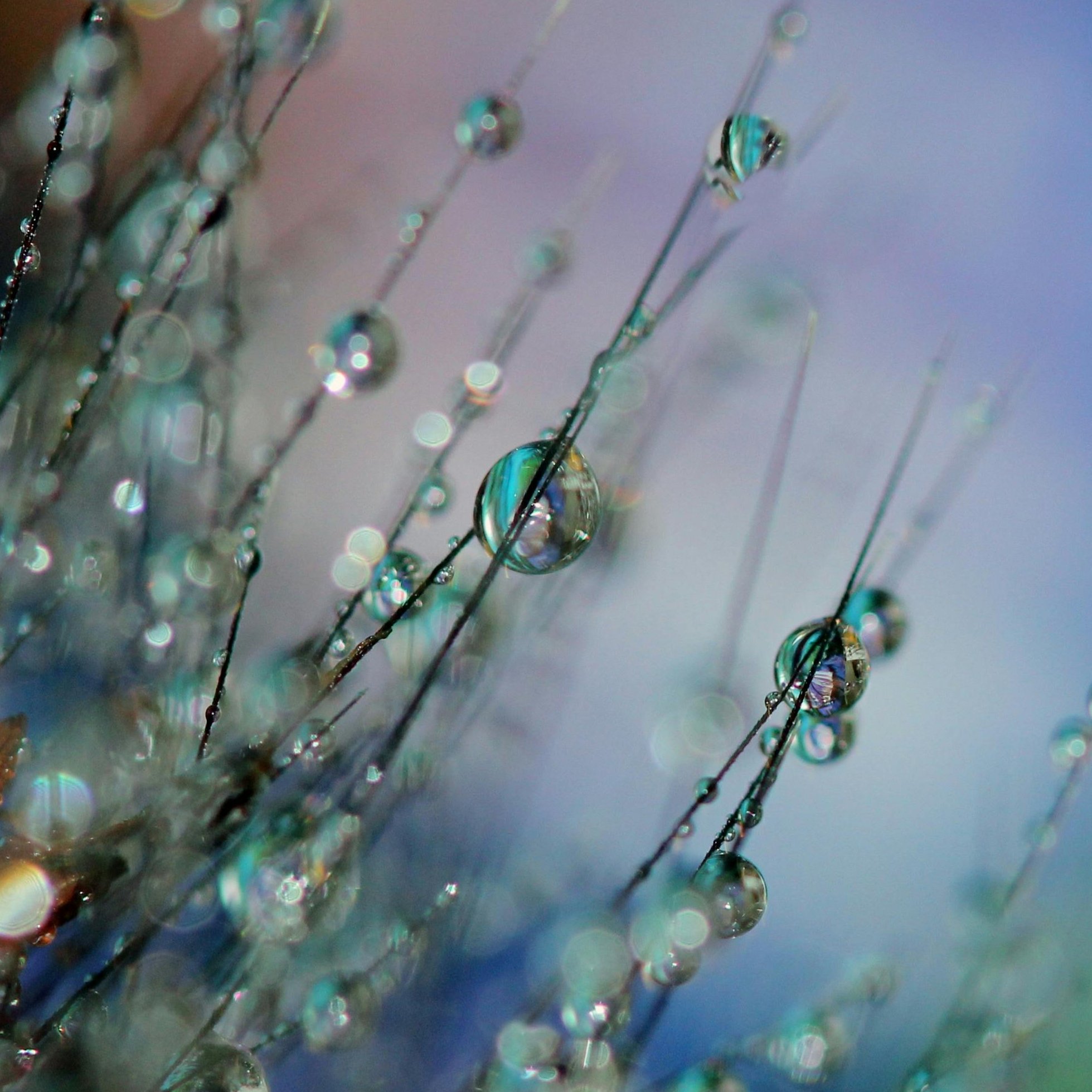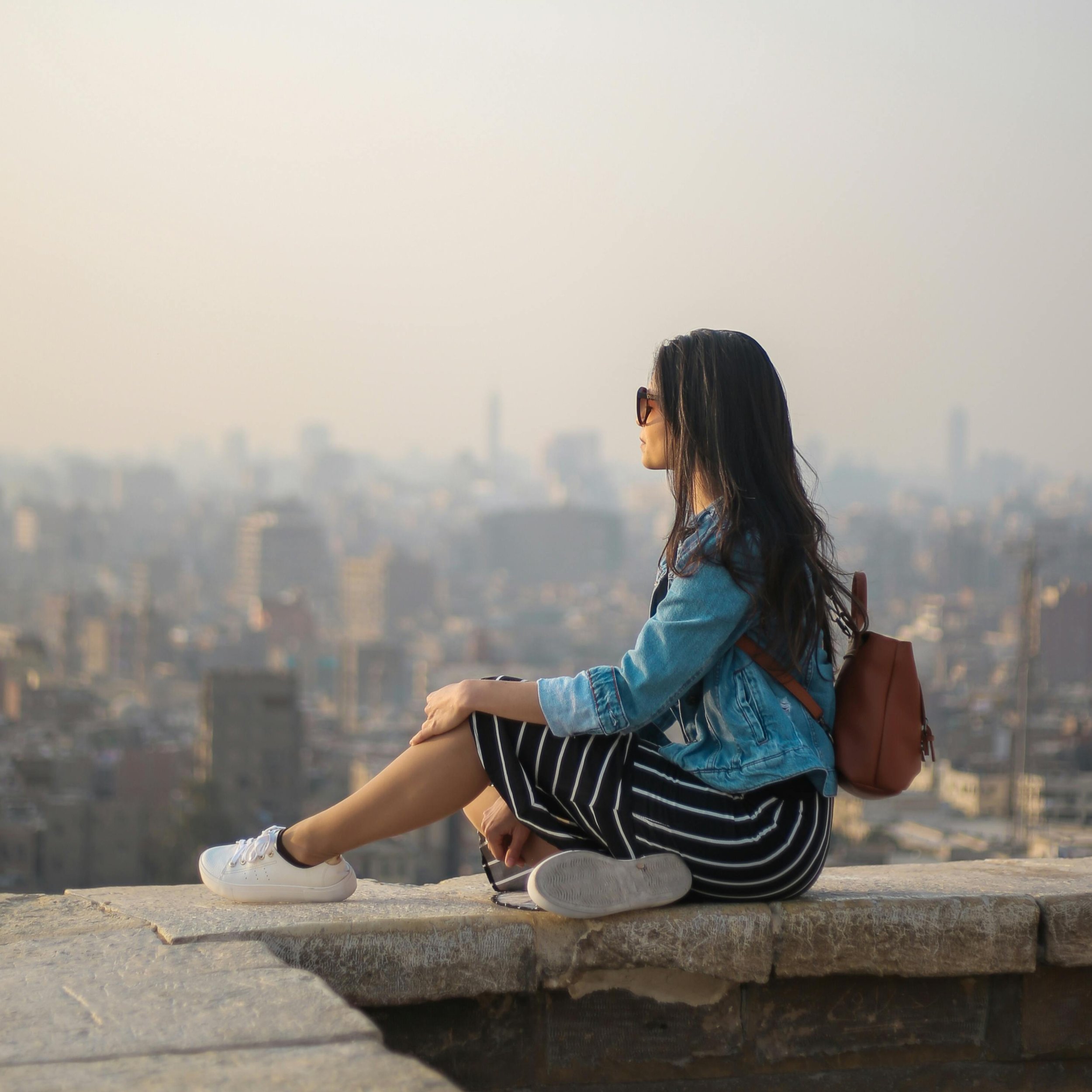10 Tips for Acquiring Your First Professional-Grade Photography Gear
One of the first and most important steps you’ll take on your journey to becoming either a “prosumer” photographer or professional photographer is to invest in your first professional-grade photography equipment. The right gear can make a world of difference when it comes to enhancing your skills and helping you produce high-quality images that will stand out from others.
However, building your first professional-grade kit will require you to balance performance with your budget. As early as now, you must learn to prioritise your purchases and understand which pieces of equipment will offer you the most value for money and flexibility as you develop your craft.
To achieve this goal, here are some tips you can use when putting together your first rig of professional-grade gear:
1. Start with a Quality Camera Body
Your camera body will serve as the foundation of your professional photography kit. While you don't need the latest model, look for a camera that offers manual controls, interchangeable lenses, and a robust build quality.
Mid-range DSLRs or mirrorless cameras from brands like Canon, Nikon, Sony, and Fujifilm are excellent choices for beginners. It’s also a practical option to rent a DSLR camera of the model you’re interested in purchasing to see how it performs with your other choices. This way, you can evaluate for yourself if the model has the flexibility and performance needed to match your standards for professional work while allowing you room for growth as your skills improve.
2. Choose Versatile Lenses
Lenses are often more critical in professional photography than the camera body itself. This is because, compared to the camera body, lenses can give you a higher level of control over key aspects of your photos.
When shopping around for gear, start with a versatile lens like a 50mm prime lens. Commonly known as the "nifty fifty," this offers superb image quality at an affordable price. A 24-70mm zoom lens is another viable option, as it will afford you a lot of flexibility for various shooting scenarios. Lenses like these will cover most of your needs, for both portrait and landscape photography, and help you understand different focal lengths and their effects on composition and depth of field.
3. Invest in a Sturdy Tripod
A good tripod is indispensable for stabilising your shots, especially in low-light conditions or when using long exposures. The ideal tripod is durable, lightweight, and easy to set up. In particular, a sturdy tripod will ensure sharp images and allow creative opportunities for techniques like long-exposure photography and time lapses.
4. Get an External Flash
The use of an external flash or speedlight can significantly enhance your lighting capabilities compared to the built-in flash on your camera. An external flash is especially useful for portrait and event photography, where lighting conditions can vary greatly. All in all, this component will allow for better control over light direction and intensity, which is crucial for achieving more professional-looking photos.
5. Use Quality Memory Cards
If you want to avoid interruptions during your shoots, you need high-speed, reliable memory cards for capturing high-resolution images and videos. Cards from brands like SanDisk, Lexar, and Kingston are dependable options.
Keep multiple cards with you to avoid running out of storage during shoots. High-capacity and high-speed cards are especially important if you plan to shoot in RAW format or capture 4K video, as these files require more storage space and faster write speeds.
6. Purchase a Camera Bag
A well-designed camera bag will keep your equipment safe from damage and make it more convenient to carry your gear, whether you're shooting locally in London or travelling further afield. Look for a bag that fits your camera, lenses, and accessories comfortably while offering ample padding.
7. Invest in Editing Software
Post-processing is a crucial part of modern professional photography. Adobe Lightroom and Photoshop are the industry standards, as they offer comprehensive tools for editing and organising the photos you’ll take with various camera set-ups. Good editing software will allow you to enhance your images and correct any mistakes, therefore maximising the quality of the output you’ve shot with the rest of your gear.
8. Consider Backup Storage
Every seasoned photographer will tell you to pool your resources into backup storage. You’ll need higher-quality external hard drives or cloud storage solutions to better protect your work in case of data loss. For the former, you can check out external hard drives from brands like Seagate and Western Digital. Don’t forget to regularly back up your files on both your hard drives and cloud storage accounts to safeguard your work from hardware failures, accidental deletions, and other unforeseen issues.
9. Buy a Remote Shutter Release
A remote shutter release will allow you to take photos without physically pressing the camera's shutter button, thus reducing the risk of camera shake. This is particularly useful for long exposure shots, macrophotography, and self-portraits. There are wired remotes, wireless models, and even smartphone apps that you can use to control your shutter; simply choose the solution you like best.
10. Get a Cleaning Kit
Keeping your gear clean is essential for maintaining image quality and extending the life of your equipment. If you want to graduate to professional-level photography soon, buy a basic cleaning kit that includes a blower, lens cleaning solution, microfiber cloths, and a brush. With proper maintenance and the basics that you have in your cleaning kit, you’ll be able to keep the rest of your gear in top condition and avoid costly repairs or replacements.
One last reminder: there's no need to buy everything at once. Prioritise your purchases based on your immediate needs and budget, and gradually expand your kit as you gain experience and identify new requirements for the type of photography you intend to do. This foresight and thoughtfulness on your part will make it easier to assemble a high-quality, professional-grade photography setup that will serve you well for a long time.
Get Free Presets for Lightroom created by top photographers to update your presets collection, save down on editing time, and open up new artistic horizons.


















